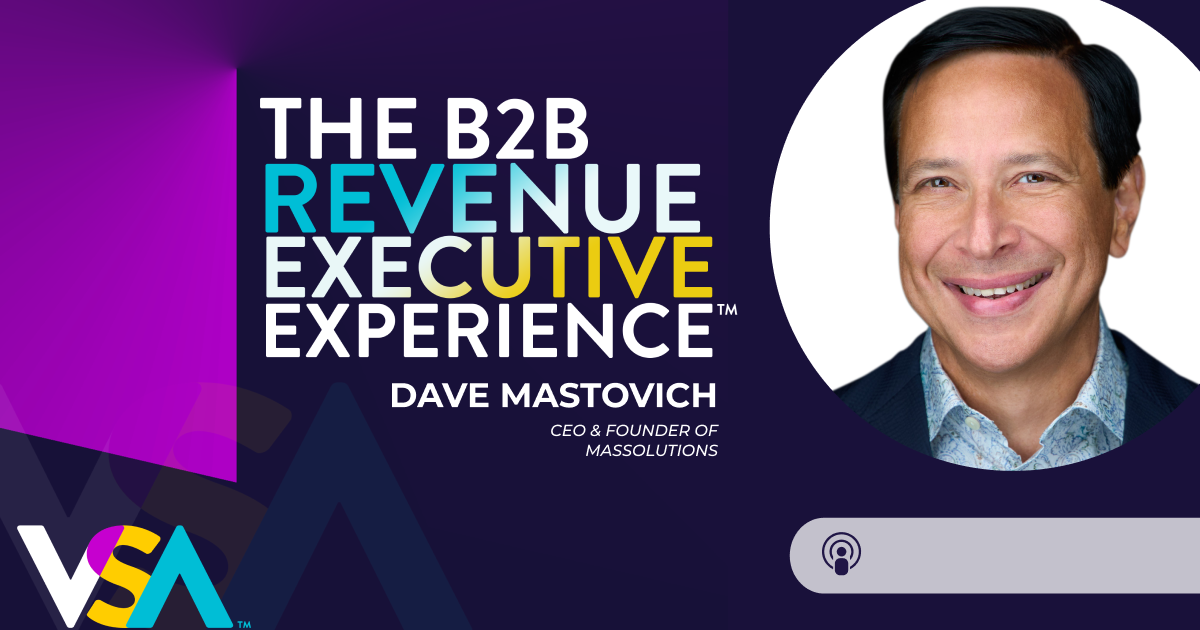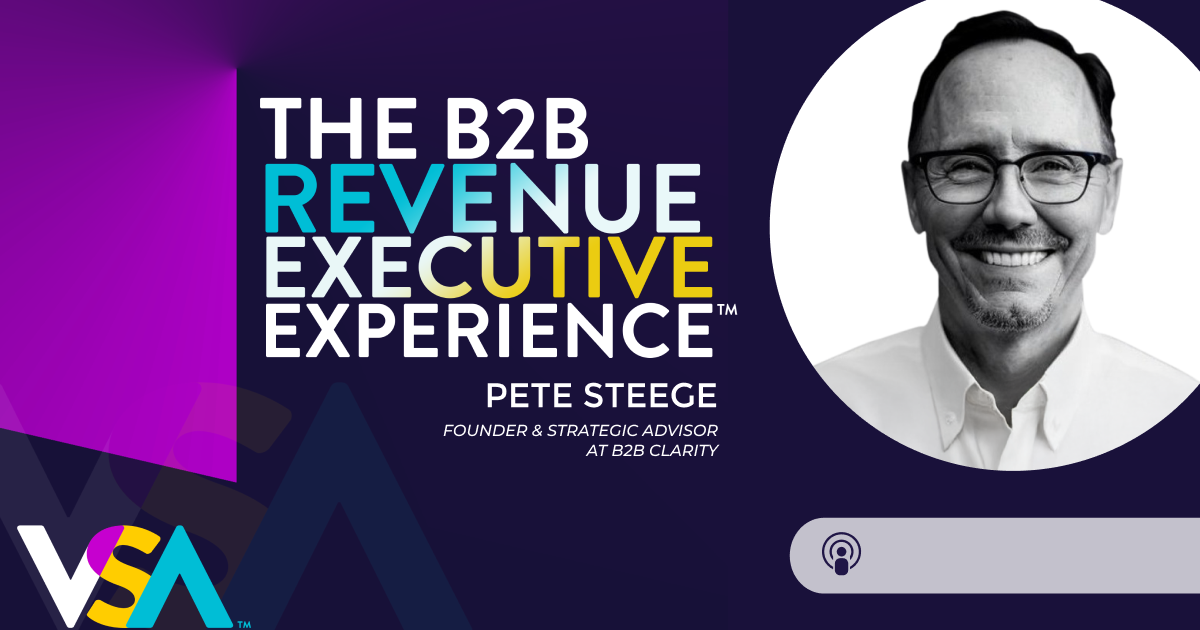Selling Shakespeare: How to Sell Anything With Interactive Content

– Subscribe to the Podcast or Write a Review: –
Spotify – Stitcher – Google Podcasts – TuneIn – Apple Podcasts
We’re not in the information age anymore.
The co-founder of Wikipedia says we’re in the “misinformation age.”
Some people call it the “disinformation age.”
Pick your term. It just means that we’re drowning in static content, much of it’s not true, and people aren’t paying attention to it anyway.
To discover how to create interactive content that hooks the modern user, I turned to a man with a Ph.D. in marketing Shakespeare, Dr. Saksham Sharda, CIO and Creative Director at Outgrow.co.
In this episode, we discuss:
- How and why to create interactive content
- Keeping it simple to facilitate the decision-making process
- Effective ways to deploy interactive content
Shakespeare in Love
Does Shakespeare matter to the modern marketer?
He should.
Think about it:
Why don’t people flock to the latest release of the bard’s work on film?
I probably would’ve answered that question with, “culture.” I would’ve been wrong.
The problem is marketing.
Certain groups don’t want Shakespeare to appeal to everybody. So they keep his work inaccessible for young people.
The fact that Shakespeare films are not performing well has got nothing to do with popular culture. It’s just pure marketing.
“We are not in the information age anymore.”
Dr. Saksham Sharda of Outgrow.co
What does the Shakespeare problem have to teach online marketers?
Here’s the lesson:
Shakespeare’s content is terrific. His marketing sucks. How can you market old culture — or anything that doesn’t hold immediate appeal — to a broad customer base?
Well, you can’t do it with static content.
If people have to read paragraph after paragraph of text on a website to discover what a company provides, they’ll quit.
That text-heavy approach worked in the Dot Com Era — the internet’s version of the Elizabethan Golden Age — but it doesn’t work in 2021.
Today’s online buyers are drowning in content. And they won’t stick around on your site to read more of it.
Unless you keep them there.
Don’t fidget with your widgets
How do you keep a prospective buyer on your site?
We’ve all entered those websites where it seems like we accidentally stepped into a slot machine. A little chat box pops up. A calculator starts blinking. A video starts running in the middle of everything.
It feels…
dystopian.
No one likes those sites.
And no one likes pop ups, either.
People stick around on sites that are mostly empty.
Seriously.
Empty.
Don’t believe me? Check out Neil Patel’s site as an example. It’s empty, right? Except for one widget, which is the key interactive tool that he’s using to help people.
Online users like empty sites because they are feeling overwhelmed right now.
“A lot of our clients have benefited from having a very simple minimalistic approach, and just having one key widget on their homepage.”
Dr. Saksham Sharda of Outgrow.co
You need a simple, minimalistic approach with just one key widget on your homepage. As people go through an interactive widget, you can section them off into where they actually want to go. The widget can direct them to some other part of your website.
That way, you don’t so many things happening at the same time that people feel overwhelmed.
The same goes for emails, by the way. Short, concise text — two lines at most — works better than a paragraph full of snappy prose.
Another thing you can do with an interactive site is rapid AB testing.
For example, you can build an interactive content piece, duplicate it, make some changes, and send them both out. See which one performs better. Watch your analytics so you’re working with hard data, not your feelings.
An A/B test gives you much better information than just knowing you’ve had 16 visits on your site.
Collaborate with your customers
One final piece of advice for creating and deploying interactive content:
Collaborate.
You’re probably already doing a lot more collaboration than you did pre-COVID because the economy is driving us in that direction.
“Collaboration is key to what your product was meant to be. It’s not meant to be a product, it’s meant to be a service.”
Dr. Saksham Sharda of Outgrow.co
When you start looking at services, you realize that you’re providing your consumer with all kinds of possible services across an entire spectrum of … whatever-it-is-you-know-about.
If you know another person or company you can collaborate with to help your client, you should probably collaborate with that company or person.
Collaboration is key. Looking at what you’re selling as a service, not as a product, is also key.
Most importantly, just try to help your customer.
Give them the accurate, simple information they want to know.
They’ll reward you.
This post includes highlights of our podcast interview with Dr. Saksham Sharda at Outgrow.co
Subscribe to hear this episode and many more like it. For the entire interview, you can listen to The B2B Revenue Executive Experience. If you don’t use Apple Podcasts, we suggest this link.
Explore More









